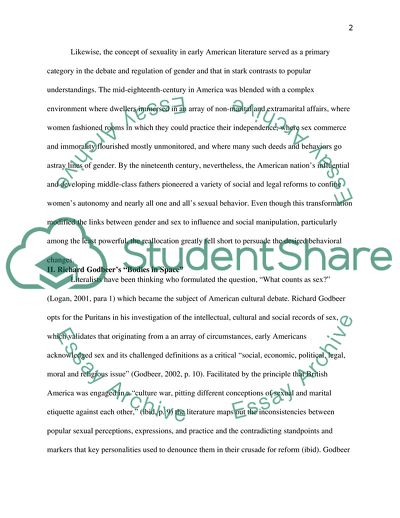Cite this document
(The Gender Dichotomy in Early American Literature Assignment, n.d.)
The Gender Dichotomy in Early American Literature Assignment. https://studentshare.org/literature/1716751-a-conflicted-people-paper
The Gender Dichotomy in Early American Literature Assignment. https://studentshare.org/literature/1716751-a-conflicted-people-paper
(The Gender Dichotomy in Early American Literature Assignment)
The Gender Dichotomy in Early American Literature Assignment. https://studentshare.org/literature/1716751-a-conflicted-people-paper.
The Gender Dichotomy in Early American Literature Assignment. https://studentshare.org/literature/1716751-a-conflicted-people-paper.
“The Gender Dichotomy in Early American Literature Assignment”. https://studentshare.org/literature/1716751-a-conflicted-people-paper.


